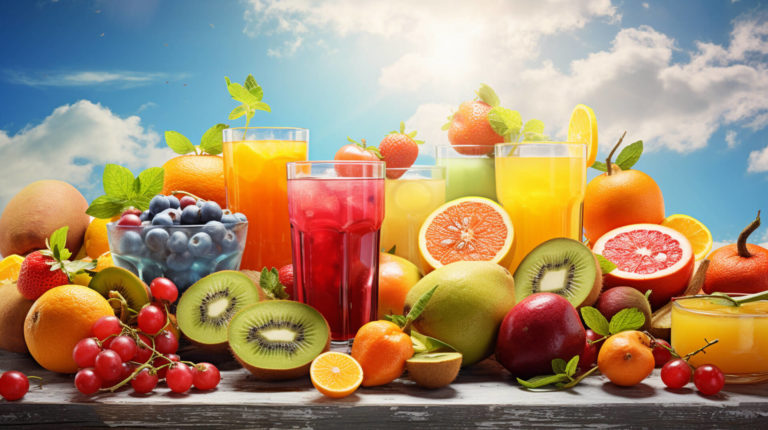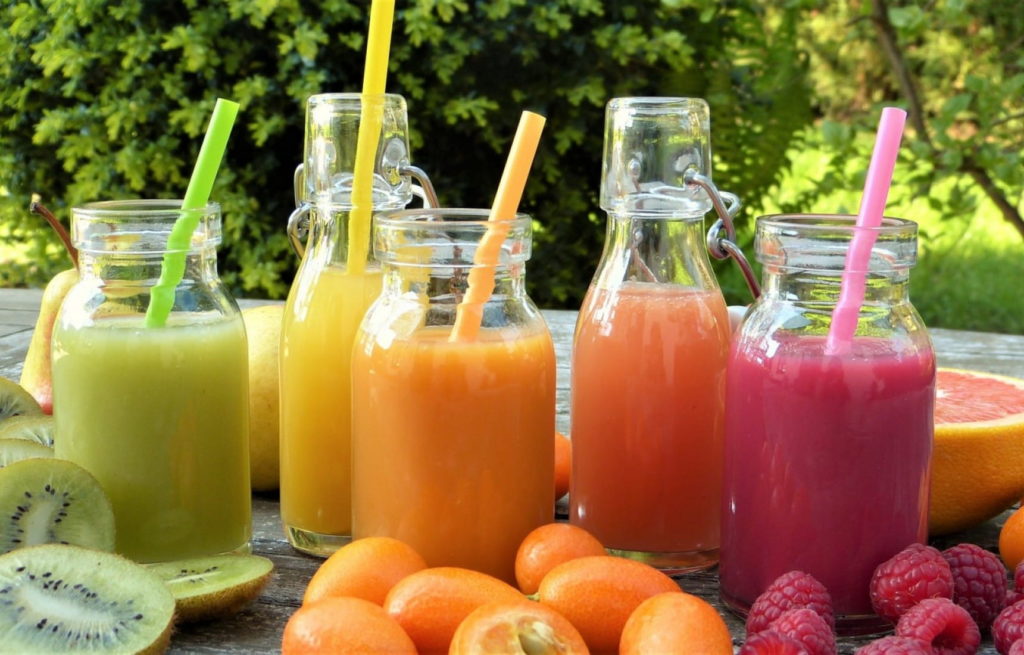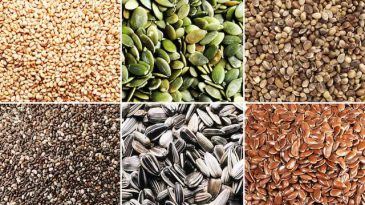- Health
- Updated on June 24, 2025
Whole Fruits vs. Fruit Juices: Which Is the Healthier Option

When it comes to incorporating fruits into your diet, you may wonder whether whole fruits or fruit juices offer greater health benefits. Both are popular ways to enjoy the natural goodness of fruits, but they differ significantly in fiber content, sugar concentration, and nutrient absorption. Understanding these differences can help you make informed choices for better health.
Nutrient Profiles: Whole Fruits vs. Fruit Juices
Although whole fruits and juices originate from the same produce, their processing methods lead to distinct nutritional profiles.
Fiber Content and Its Benefits
Whole fruits contain dietary fiber—both soluble and insoluble—which is largely lost during juicing. A medium-sized apple offers about 4 grams of fiber, aiding digestion, promoting satiety, and supporting healthy blood sugar levels. In contrast, an 8-ounce glass of apple juice contains less than 1 gram of fiber. Without fiber’s digestive benefits, juice sugar can spike blood glucose more rapidly.
Sugar Concentration and Caloric Differences
When fruits are juiced, natural sugars become more concentrated. For example, two medium oranges yield about 8 ounces of juice, but they also deliver twice the sugar and calories of a single orange. This higher sugar load can contribute to weight gain and increase the risk of insulin resistance if consumed in excess. Whole fruits, with intact fiber and structure, slow sugar absorption and reduce these risks.
Micronutrients and Phytonutrients
Both whole fruits and juices provide vitamins, minerals, and antioxidants such as vitamin C, potassium, and polyphenols. However, some sensitive compounds—like certain flavonoids—can degrade during pasteurization or processing. Freshly squeezed juice preserves more phytonutrients than shelf-stable, packaged juices, but neither matches the complete nutrient matrix of a whole fruit, where skin, pulp, and seeds often contain additional antioxidants.
Health Impacts of Whole Fruits
Including whole fruits in your daily meals offers a range of evidence-backed benefits beyond simple nutrition.

Improved Digestive Health
The fiber in fruits feeds beneficial gut bacteria, leading to the production of short-chain fatty acids (SCFAs) like butyrate. SCFAs support intestinal barrier integrity, reduce inflammation, and may lower the risk of colorectal cancer. Eating whole fruits regularly promotes regular bowel movements and helps prevent constipation.
Enhanced Satiety and Weight Management
Fiber adds bulk to meals without extra calories. Studies show that high-fiber diets lead to greater satiety, reduced overall caloric intake, and weight loss over time. Snacking on an apple or a handful of berries keeps hunger at bay, whereas a sugary juice may satisfy thirst but leave you craving more.
Blood Sugar Regulation
Soluble fiber slows gastric emptying and carbohydrate absorption, leading to more stable postprandial blood glucose levels. This effect is particularly beneficial for individuals with prediabetes or type 2 diabetes. Consuming whole fruits instead of juices can help prevent unwanted blood sugar spikes and insulin surges, promoting better glycemic control.
Health Impacts of Fruit Juices
While whole fruits generally hold the advantage, fruit juices can still play a role in a balanced diet when consumed mindfully.
Rapid Hydration and Nutrient Delivery
Fruit juices provide quick hydration and an efficient way to consume multiple vitamins and minerals at once. After intense exercise or during illness, a small glass of juice can replenish electrolytes and vitamin C more rapidly than whole fruit.
Suitable for Sensitive Digestion
Individuals with certain digestive disorders—such as diverticulitis or strictures—may find whole fruits too fibrous. Filtered juices can offer nutrient support without irritating the GI tract. Always consult a healthcare provider before modifying your diet for medical conditions.
Portion Control and Concentrated Nutrition
When juiced properly, fruits like grapefruit and pomegranate offer potent polyphenol concentrations that support heart health and reduce oxidative stress. Enjoying these juices in small, measured servings (4 ounces or less) can harness their benefits without excessive sugar intake.
Best Practices for Including Fruits and Juices
To maximize health benefits while minimizing drawbacks, follow these guidelines:
Prioritize Whole Fruits in Daily Meals
Aim for at least two cups of whole fruit daily—about one medium fruit or ½ cup chopped fruit per serving. Incorporate fruits into breakfast, snacks, and desserts to leverage fiber and satiety.
Choose Fresh, Unsweetened Juices Sparingly
If you enjoy juice, limit portions to 4–6 ounces and opt for 100% fruit juice without added sugars or concentrates. Freshly squeezed or cold-pressed juices ensure maximum nutrient retention.
Pair Juices with Protein or Fiber
Combine juice with a protein-rich or fiber-rich food—such as Greek yogurt, nuts, or whole-grain toast—to slow sugar absorption and maintain fullness.
Read Labels Carefully
When purchasing packaged juices, check for hidden sweeteners, preservatives, and high sodium content. Look for “no added sugar” and minimal processing.
DIY Juice Recipes for Balanced Nutrition
Creating your own juice at home allows you to control ingredients and preserve nutrients.
Green Veggie-Apple Juice
Blend 1 cup spinach, 1 green apple, ½ cucumber, and 1 celery stalk. Strain if desired. This juice provides fiber from blending and a moderate sugar load from the apple.
Berry-Citrus Antioxidant Blend
Combine ½ cup mixed berries, 1 small orange (peeled), and ½ lemon. Use a masticating juicer to retain more phytonutrients. Drink in moderation and follow with a handful of almonds for protein.
Also Read : The Growing Popularity of Plant-Based Diets in India: Health Benefits and Challenges
Conclusion
Both whole fruits and fruit juices offer valuable nutrients, but whole fruits generally serve as the healthier option due to their fiber content, lower sugar concentration, and sustained blood sugar regulation. Fruit juices can complement your diet when used intentionally, especially for hydration and rapid nutrient boosts. By prioritizing whole fruits, moderating juice intake, and employing smart pairing strategies, you can enjoy the best of both worlds—maximizing nutrition while indulging your taste buds.Tools
Join the discussion
Related Articles
No results available
ResetTrending Articles


- General
- Updated on December 11, 2025


- General
- Updated on December 11, 2025


- General
- Updated on December 11, 2025


- General
- Updated on December 2, 2025


- General
- Updated on December 5, 2025


- General
- Updated on November 27, 2025


- Health
- Updated on November 24, 2025


- General
- Updated on November 24, 2025


- General
- Updated on November 19, 2025


- General
- Updated on November 19, 2025
No results available
Reset


